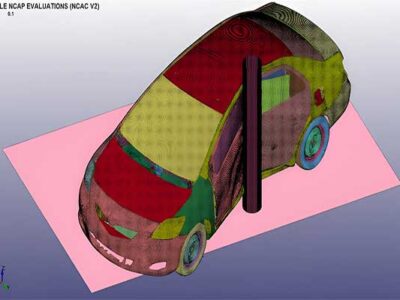To yield insight into what goes wrong when batteries fail and how to address the safety hazard, scientists report in the journal ACS Sensors that they have found a potential way to track lithium ions as they travel in a battery.
In essence, rechargeable batteries work by shuttling ions back and forth between electrodes through an electrolyte. Often, failure occurs when lithium ions stray from their intended path.
To better understand how this happens, scientists have looked for ways to track the ions.
Several methods have been proposed, but so far, they have been limited for various reasons, including poor spatial resolution.
Fluorescence microscopy, which is often used to probe materials and biological systems, could potentially fill this void. But first, scientists would need to find a fluorescent label that is sensitive to lithium ions. Randall H. Goldsmith and colleagues at the University of Wisconsin-Madison set out to do this.
The researchers worked with 2-(2-hydroxyphenyl)naphthoxazole, or HPNO, a molecule that fluoresces when it attaches to lithium ions. They added a “visible pump” to help prevent photobleaching and other damage. In a battery-like environment, the system could image and track lithium ions.
The researchers note that their next step would be to test the molecule in a more realistic analog of a battery cell.

















Comments